
The Ultimate Guide of Foam Insulation Sheets
In the quest for a more energy-efficient, comfortable, and durable home or building, insulationis a necessary consideration. While fiberglass batts have been the traditional go-to,

In the quest for a more energy-efficient, comfortable, and durable home or building, insulationis a necessary consideration. While fiberglass batts have been the traditional go-to,
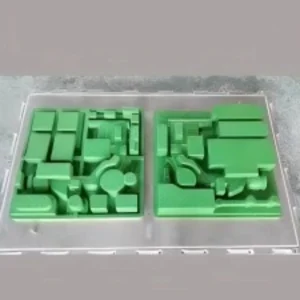
Mold for injection Molding Machine is more than just a tool; it’s a high-precision, complex assembly of steel or aluminum that defines the shape, quality,
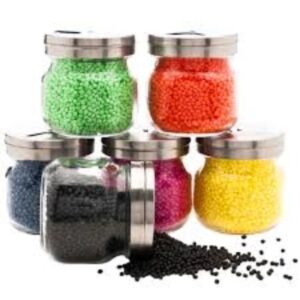
Expanded Polypropylene (EPP) is a highly versatile, lightweight, and durable foam material known for its excellent impact resistance, thermal insulation, and energy absorption properties. It
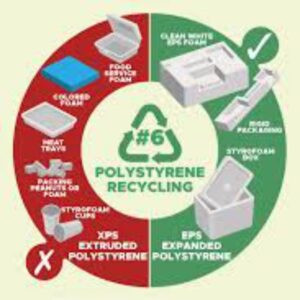
When you unpack a new television or receive a food delivery in those familiar white foam containers, you’re holding one of modern packaging’s most controversial
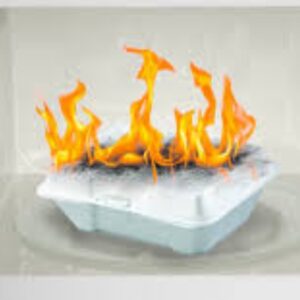
Can you microwave Styrofoam?This common dilemma, pitting convenience against potential health risks, confuses many of us. The truth about microwaving Styrofoam isn’t as simple as
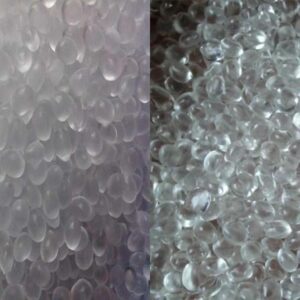
In modern materials science and industrial applications, ethylene-vinyl acetate copolymer (EVA) and expanded thermoplastic polyurethane (ETPU) are two high-performance materials that have garnered significant attention.
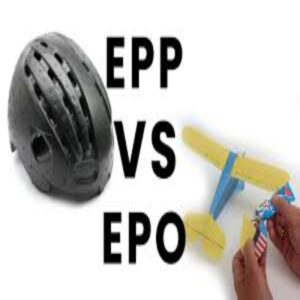
In today’s industrial manufacturing, packaging protection and special applications, foam materials play an indispensable role. Among them, EPO (Expanded Polyolefin) and EPP (Expanded Polypropylene) foam

What is Blow Molding? Blow molding is a highly efficient manufacturing process used to produce hollow plastic parts. Think about the plastic bottles you drink
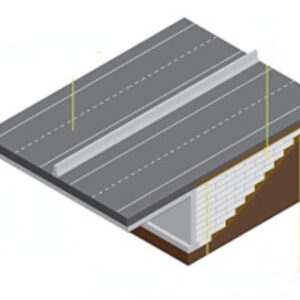
Geofoam is a lightweight engineered fill material made from expanded polystyrene (EPS) or extruded polystyrene (XPS) foam that has revolutionized civil engineering and construction projects

What Is Injection Molding Injection molding is a high-precision manufacturing process used to produce plastic parts in massive volumes with exceptional consistency and accuracy. This
We adhere to the quality concept of “keep improving”, and strive to provide customers with the best products and services.
WhatsApp us
We will contact you soon,please pay attention to the email with the suffix”@epsole.com”.